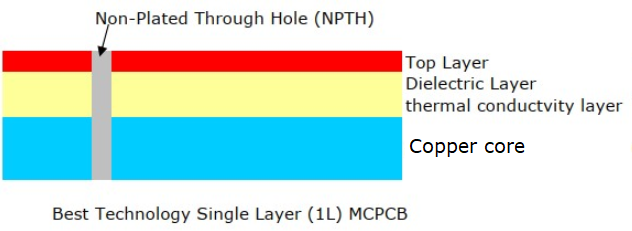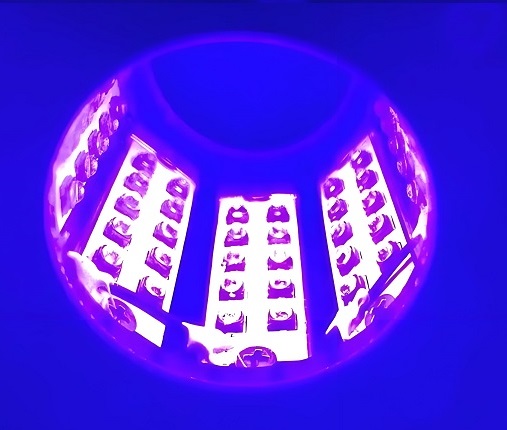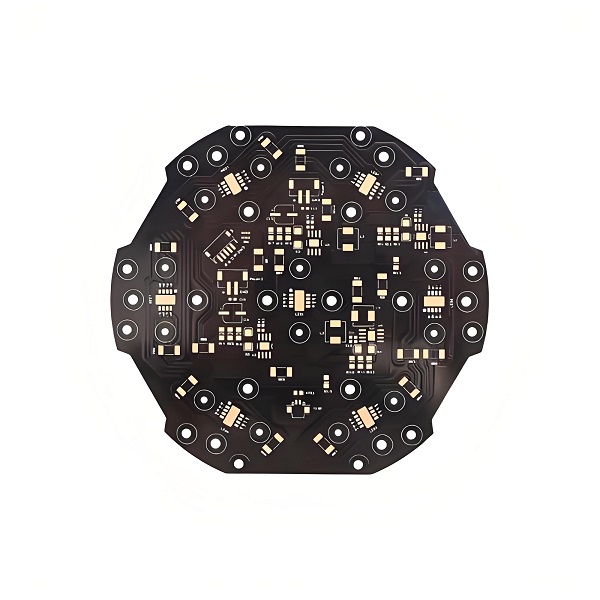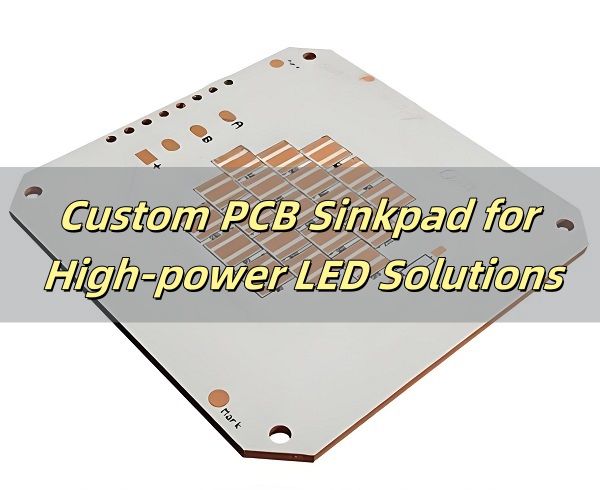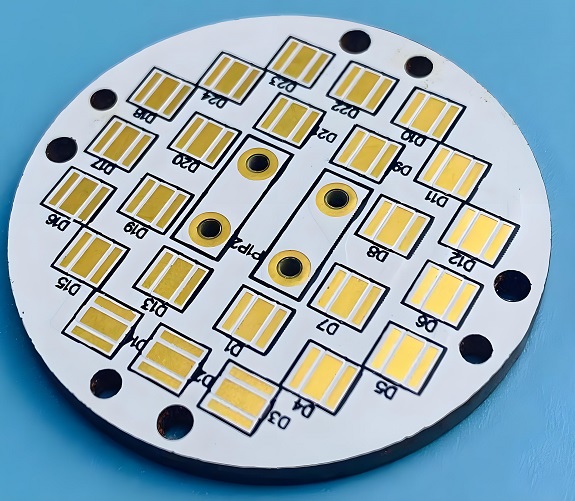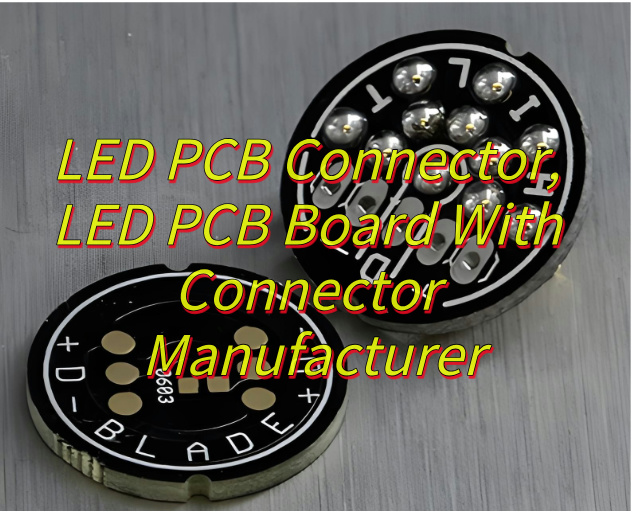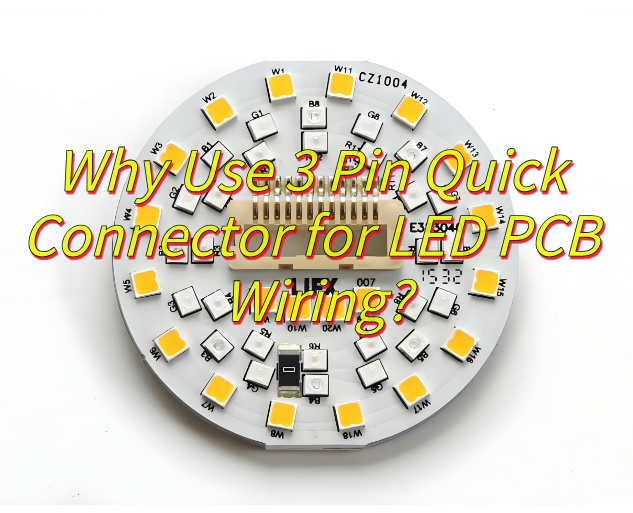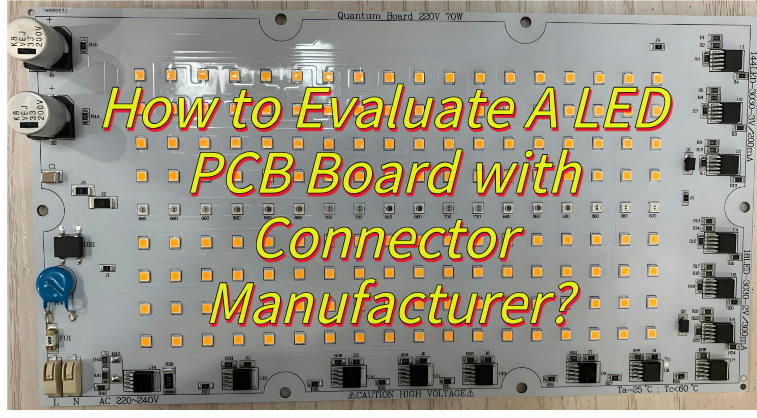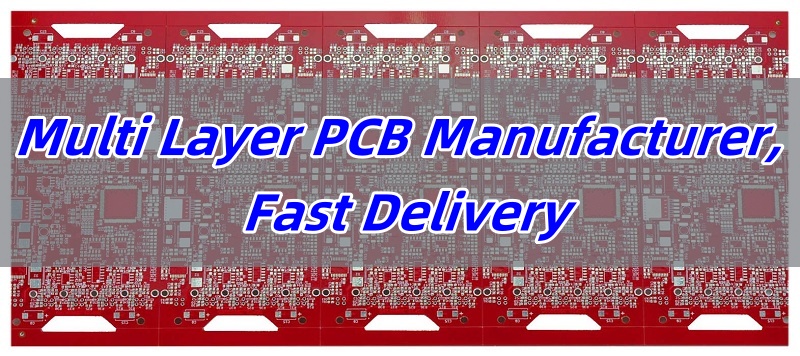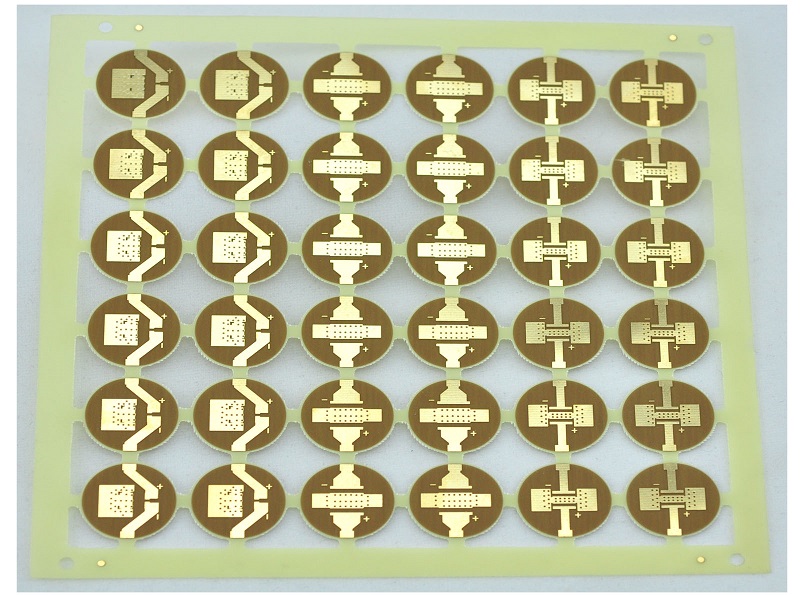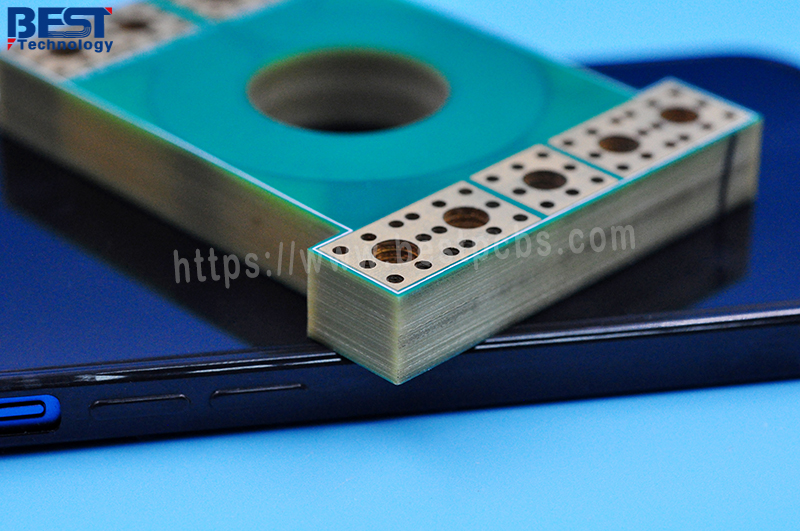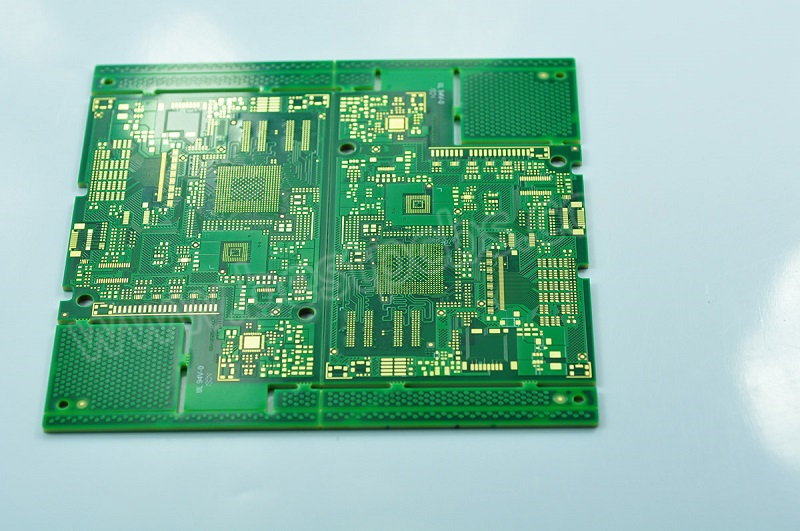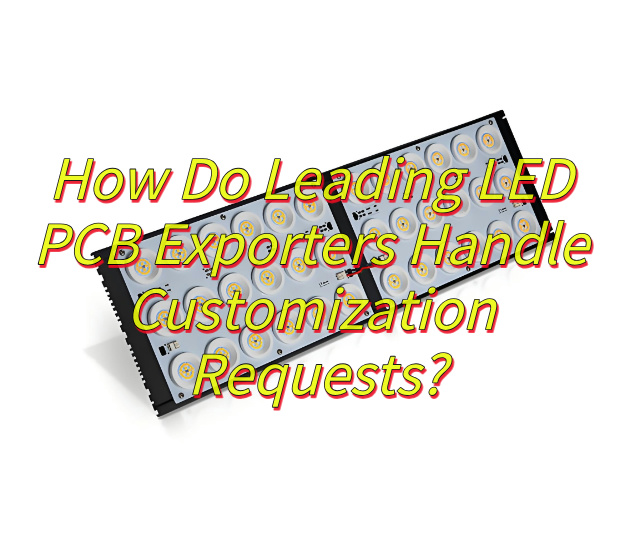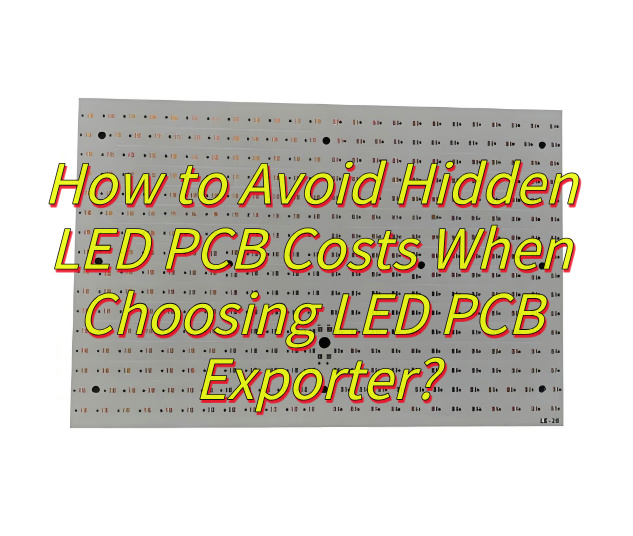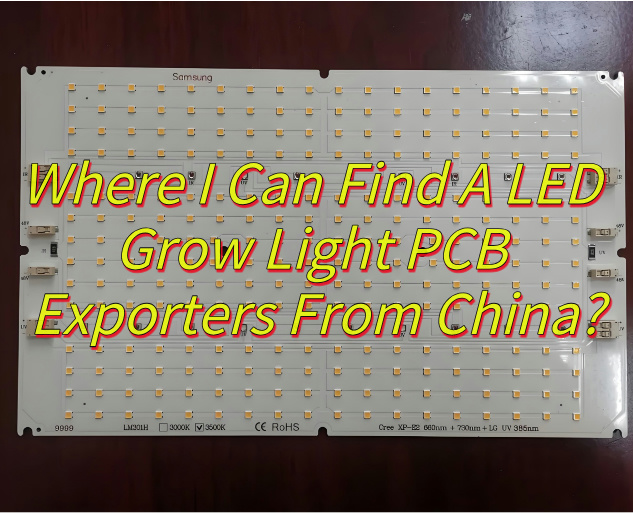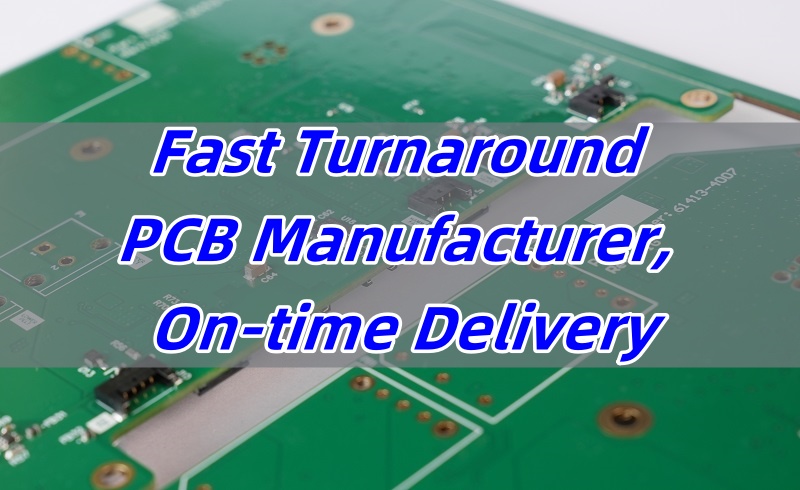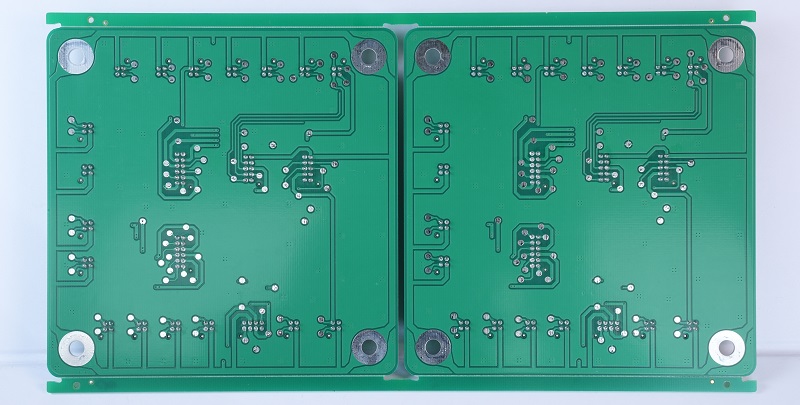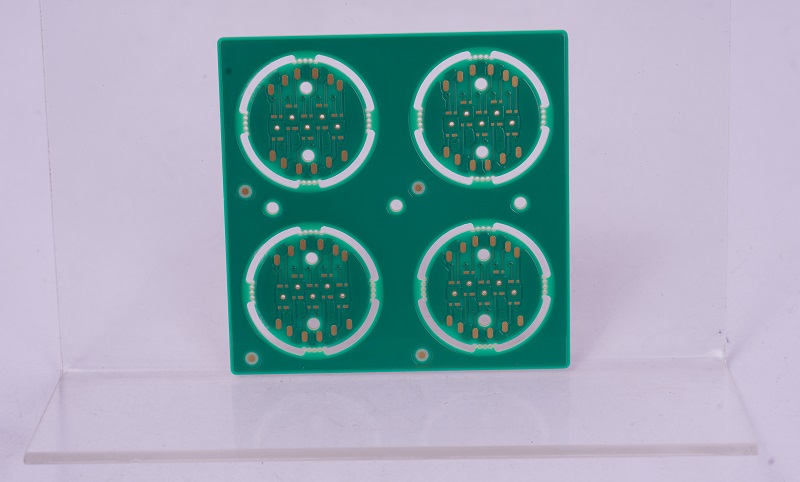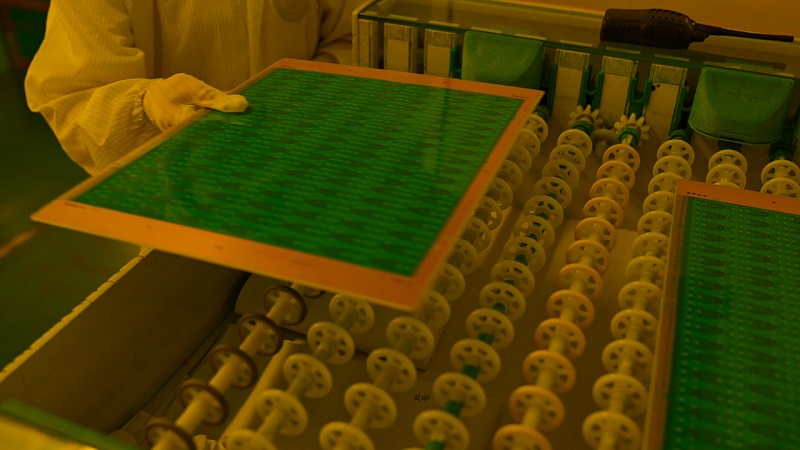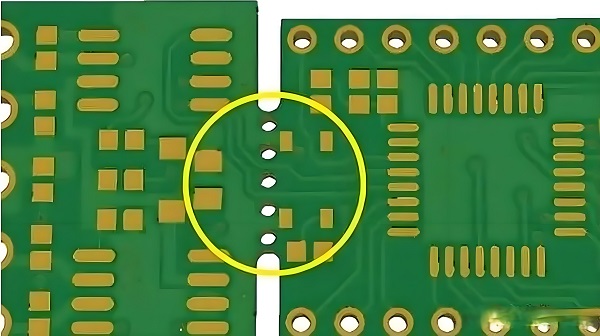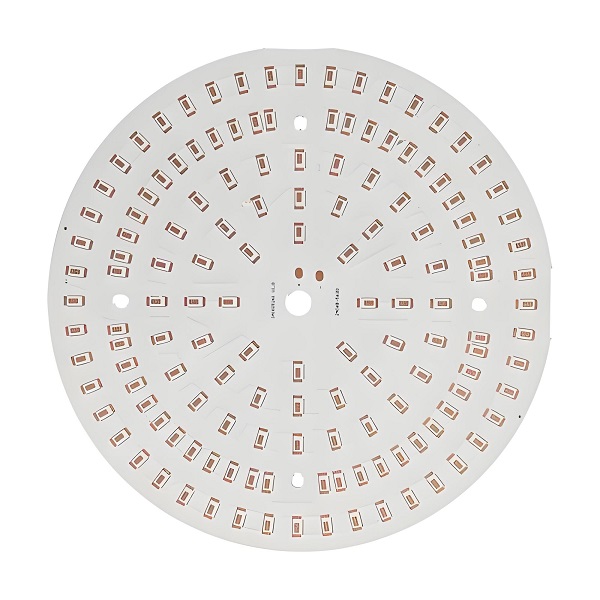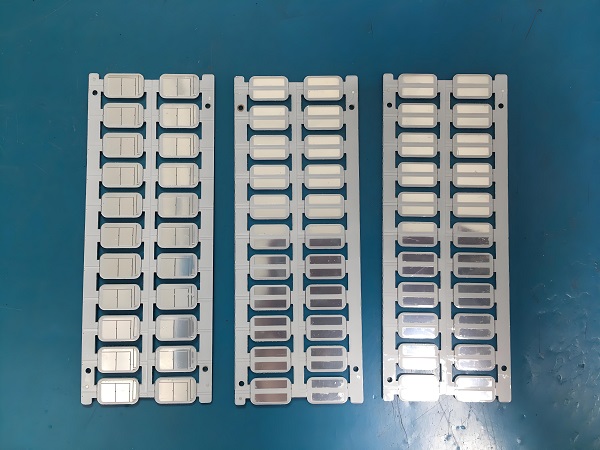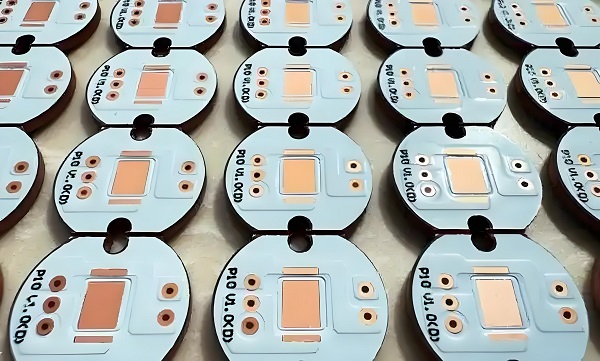Printed circuit board manufacturers are the backbone of modern electronics. Whether it’s your phone, computer, or car, there’s a PCB inside, and it all starts with the manufacturer. Picking the right partner isn’t just about price, it’s about reliability, capability, and long-term success.
Best Technology is a reliable printed circuit board manufacturer in China, providing turnkey service. Our turnkey service include electronic component procurement, PCB design, prototyping, manufacturing, assembly, and testing of final electronic products under one roof. That saves time and cost for you significantly. You don’t need to spend a lot of time contacting multiple manufacturers for various printed circuit boards and then reaching out to SMT or EMS factories for PCBA.
With 19 years of industry experience, Best Technology is happy to recommend the right PCBs and processes for your needs. We ensure customers the product quality, lower costs, and shorter delivery times. Finally, our customers receive the finished PCB product and a complete solution for all their PCB needs. Kindly contact us at sales@bestpcbs.com for the turnkey service.
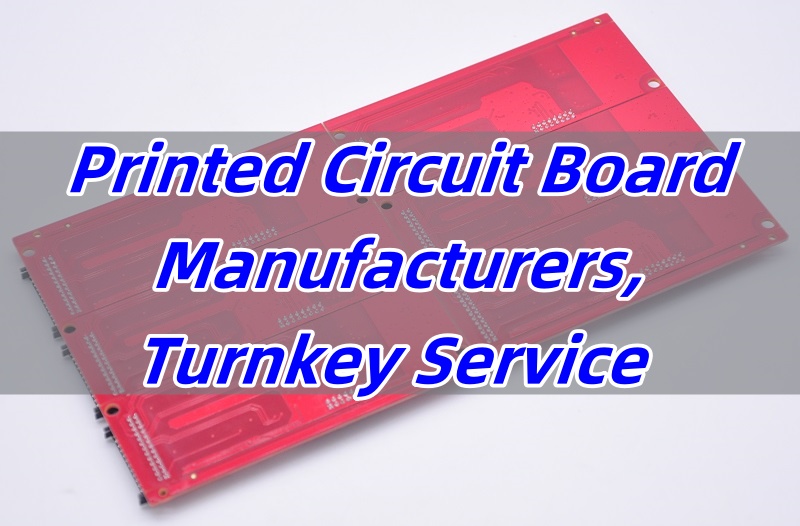
1. Who designs printed circuit boards?
Electronic engineers and PCB designers in Best Technology offer PCB design to global customers. They use tools like Altium Designer, OrCAD, or KiCAD to design every trace and layer. These tools help create a layout that meets electrical, thermal, and mechanical needs. Often, designers in the R&D department work closely with our manufacturing teams. This teamwork reduces errors and speeds up the process. It’s not just design that a comprehensive strategy from design to production.
Best Technology also follows strict design rules. These include trace width, spacing, and layer stack-up based on signal speed or current. Our professional talents must consider heat, electromagnetic interference, and the final product’s environment. When all of these come together in a design, it becomes ready for fabrication by our professional PCB manufacturing team.
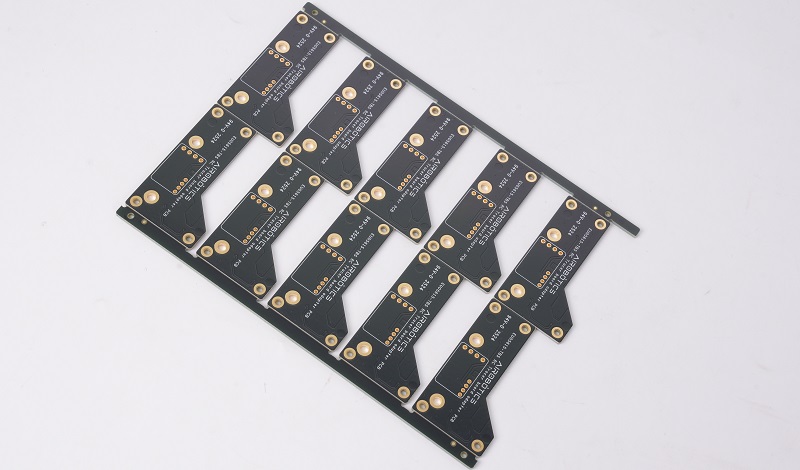
2. What is the best printed circuit board manufacturer?
Finding the best printed circuit board manufacturer depends on your needs. Still, there are a few signs that show you’re on the right track. Great manufacturers focus on quality, quick response, and long-term relationships. They donât just make your boards, they help you solve problems, optimize costs, and improve performance.
The best PCB manufacturers also invest in new technology. This means HDI, flex-rigid, and RF boards are well within their range. They also offer design-for-manufacturing (DFM) reviews. This ensures your layout is not only functional but also easy and cost-effective to build. Good communication is key too. A great partner is always available to talk, solve issues, or offer insights. Lastly, check for certifications like ISO9001, IATF16949, and UL approval. These ensure your supplier follows strict quality control processes.
3. Who is the largest printed circuit board manufacturer in the world?
The world PCB market is competitive and full of experienced players. Here are the top three:
- Zhen Ding Technology (Taiwan): Zhen Ding leads the global market by revenue. It produces high-end PCBs for consumer electronics, including smartphones and laptops.
- Nippon Mektron (Japan): Nippon Mektron is a key name in flexible PCBs. Their boards go into automotive systems, wearables, and consumer gadgets.
- TTM Technologies (USA): TTM is a major player, especially in aerospace and defense. With global facilities, they serve demanding industries that need complex boards and tight tolerances.
These companies are not only large, but also respected for innovation, precision, and global support. They prove that scale and quality can go hand in hand.
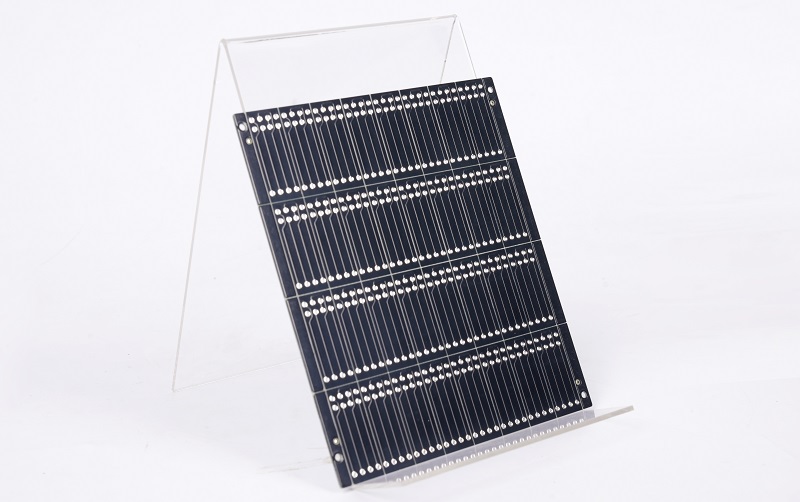
4. Who is the largest manufacturer of printed circuit board in the US?
In the US, printed circuit board manufacturing focuses on quality and specialization. Here are the top three manufacturers you should know:
- TTM Technologies: TTM is the largest and has factories across North America. They support telecom, aerospace, medical, and more. Their capabilities range from simple single-layer PCBs to advanced HDI and RF boards.
- Sanmina Corporation: Sanmina is a big name in the electronics world. Their PCB division is strong in quick turns, advanced technology, and end-to-end services â from bare board to full box builds.
- Advanced Circuits: Based in Colorado, this company focuses on fast-turn prototyping and small runs. Many startups and design houses trust them for fast service and helpful support.
Each of these companies has earned trust through consistent performance and innovation. They prove that the USA still plays a strong role in global PCB manufacturing.
5. Printed circuit board manufacturers in India
India’s electronics sector is growing fast. The country now offers quality PCB manufacturing for both local use and exports. Here are three respected manufacturers in India:
- AT&S India: Based in Nanjangud, this company is part of the Austrian AT&S group. It produces high-density interconnect boards for automotive and industrial electronics.
- Shogini Technoarts: Located in Pune, Shogini has decades of experience. It supplies PCBs for LED, power, and industrial products, and is known for prompt delivery and quality control.
- Circuit Systems India Ltd. (CSIL): CSIL is publicly listed and serves a wide client base. It offers multilayer boards, metal-core PCBs, and quick-turn services with strong technical backup.
Indiaâs PCB industry continues to attract investment and expand capabilities. If you’re looking to source from Asia but diversify from China, Indian companies are worth exploring.
6. How to choose a printed circuit board manufacturer?
This is one of the most important steps in your product journey. Here are some key factors to consider:
1. Capability:Â Can they build the board you designed? Look at layer count, materials, and technology.
2. Certifications:Â These prove a manufacturer meets industry standards. ISO9001, ISO13485 (medical), and IATF16949 (automotive) are essential depending on your sector.
3. Turnaround:Â Can they deliver on your schedule? Fast production without compromising quality is a major plus.
4. Engineering Support:Â Good manufacturers will review your design and suggest improvements.
5. Cost:Â Itâs not just the board price. Think about total cost, including delays, rework, and support.
6. Communication:Â Clear and responsive communication is crucial. Delays often start with poor follow-up.
7. Scalability:Â Can they support your growth from prototype to full production?
Choosing well now can save time, money, and stress later. It also builds trust, which is key to any successful business relationship.
7. Why should you choose Best Technology as one of your trusted printed circuit board manufacturers?
At Best Technology, we go beyond just manufacturing. Weâre your partner in innovation. Whether you’re developing a new product or scaling an existing one, we have the experience and systems to help you succeed.
- High Quality: Best Technology holds several certifications, including ISO9001, ISO13485, IATF16949, and AS9100D. These certifications demonstrate our commitment to rigorous quality management.
- Material MES Tracking System: Our material tracking System (MES) tracks every component from incoming inspection. All components used in our supply chain comply with RoHS, REACH, and UL standards.
- Turnkey Service: Best Technology manages everything from rapid prototypes to large-scale production. Our team provides support at every step, from reviewing Gerber files to ensuring timely delivery.
- Variety of PCBs: Best Technology offers FR4 PCB, MCPCB, ceramic PCB, and special PCBs, like HDI PCB, High Tg PCB, RF PCB, etc.
If you want a printed circuit board manufacturer whoâs responsive, capable, and ready to grow with you, kindly reach out to Best Technology. Weâre excited to be one of your reliable printed circuit board manufacturers.

In a nutshell, finding suitable printed circuit board manufacturers is crucial for the success of your circuit board project. Best Technology provides high-quality printed circuit boards and turnkey PCBA service. If you have any PCB or PCBA projects that need our support, kindly contact us at sales@bestpcbs.com.




